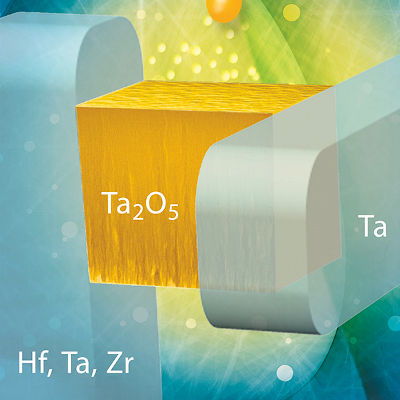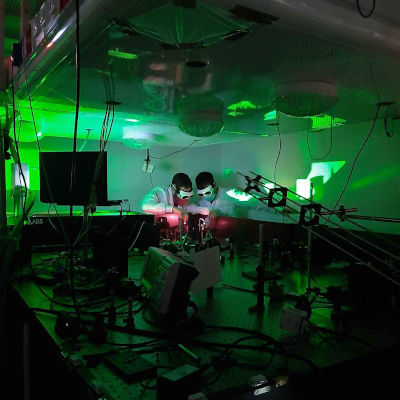Scientists fix defects in new semiconductor material
Apr. 02, 2025.
2 mins. read.
1 Interactions
Researchers use special chemical methods to repair molybdenum disulfide at low heat, boosting chip speed and cutting power use.
Researchers at Ulsan National Institute of Science and Technology (UNIST) and POSTECH have developed a new way to fix flaws in molybdenum disulfide, or MoS2. MoS2 is a material for making semiconductor chips for electronics like phones and computers. MoS2 could make chips denser and stop electricity leaks. This might create cool, low-energy chips.
Fixing MoS2 flaws at low heat is tough but key for real chips. High heat can hurt silicon parts already in devices. The researchers used a chemical called pentafluorobenzenethiol, or PFBT, at 200°C. This fixed the MoS2 flaws. MoS2 has molybdenum and sulfur atoms. Ideally, they balance at a 1:1.98 ratio. But making chips often leaves sulfur gaps, called sulfur vacancies or SVs. These gaps drop the ratio to 1:1.68. That slows electrons and weakens the chip. PFBT repairs these gaps, bringing the ratio close to perfect.
How the Fix Works and Improves Chips
PFBT has a ring shape with sulfur and fluorine parts. The sulfur fills the gaps in MoS2. The fluorine helps remove extra bits after fixing. Computer simulations proved this works. X-ray tests showed the gaps filled at low heat.
“The major advantage of our technique is its compatibility with existing silicon semiconductor back-end-of-line (BEOL) processes, as it can occur at temperatures below 200°C,” explains research leader Haksoon Jung in a press release issued by UNIST. “The BEOL process connects previously deposited components on a substrate and must be conducted below 350°C to prevent damage to the devices.”
According to the researchers, chips made with fixed MoS2 worked better. Electrons moved 2.5 times faster. Faster electrons mean quicker chips. Power use dropped by 40%. The researchers explain that sulfur gaps challenge tiny chip designs. They plan to use this fix for other new materials too.
The researchers have described the methods and results of this study in a paper published in ACS Nano.
Let us know your thoughts! Sign up for a Mindplex account now, join our Telegram, or follow us on Twitter.


.png)

.png)


.png)




0 Comments
0 thoughts on “Scientists fix defects in new semiconductor material”